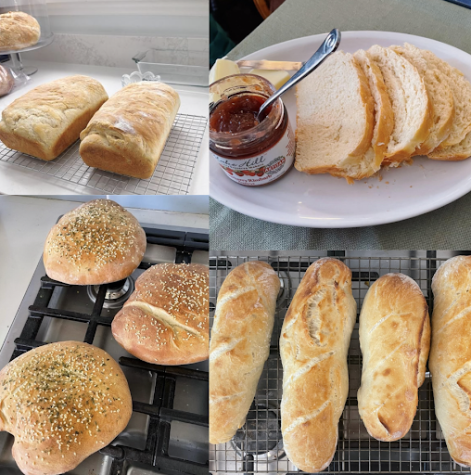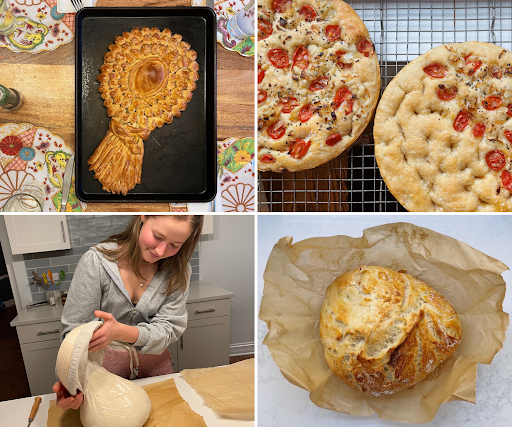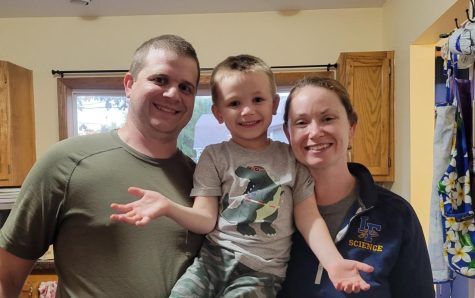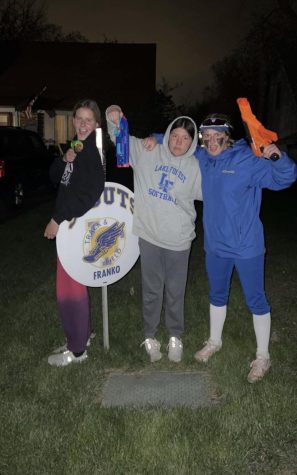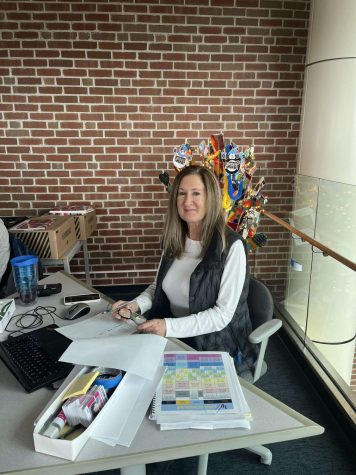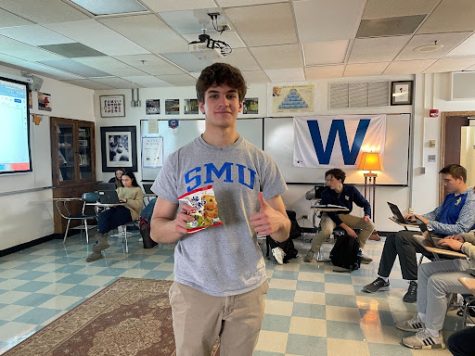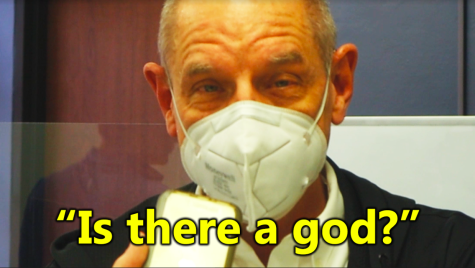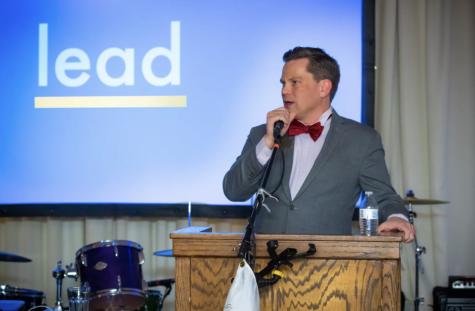The Art of Baking with Louisa Back
December 9, 2022
It’s a Sunday night, and senior Louisa Back finds herself in the kitchen prepping her bread starter for tomorrow morning. For almost a year now, Louisa has been trying out new bread recipes to perfect for her family, friends, and even for herself.
But how does one even get into bread making? And even so, how was Louisa able to turn a small passion into something larger?
Back has always been a talented and an avid artist, taking on a variety of art classes throughout her high school career such as ceramics, painting, and Art studio honors. Back has always enjoyed expressing her creativity through different mediums. However, by baking and creating different bread recipes she is also able to incorporate art into her regular lifestyle.
The first loaf Back remembers making was a no-knead loaf bread from the New York Times. Louisa began to make bread because she didn’t want to bake a cake or regular dessert. Cakes are also tedious to decorate and more expensive to make, whereas bread only requires a few ingredients like yeast, flour, water, and salt.
After making a few loaves of bread for the first time, Back headed to the library many times during the summer to search for recipe books, sticky-noting and creating a recipe book for each bread recipe she wanted to try. She describes how for different loaf she attempted to bake, there was “comfort for the same kind of initial step of making the bread, but also an excitement in that each loaf requires a different method or ingredient.”
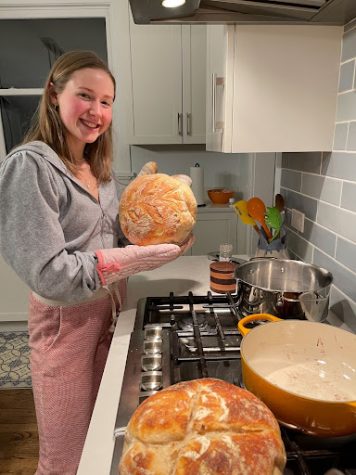
Back describes how making bread can oftentimes be tedious and interruptive of her schedule because of timing, weather, and the humidity that day. She explains how her sourdough bread “takes about 16-20 hours from start to finish, depending on the weather and humidity. The issue is that sometimes when I need to do something like go to school or sleep, the bread still needs just a little more time in a particular stage.”
However the most satisfying part for Louisa is the never ending opportunities to try new recipes and flavors. In other words, making bread is something she will never get bored of. She says how it is nice getting to see the finished product, but for her it is more about the process. “I love the process. The result, of course, is delicious, but the actual creation of the loaf is the best part. It has something to do with taking simple ingredients and making something people have always and will always More pictures of some of Louisa’s bread.”
One of her favorite kinds of bread to make is a focaccia loaf because for her, the process of shaping the bread is super satisfying and because of all the different combinations of flavors you can add in or put on top. It is a super versatile bread to make.
One of her favorite and most simple loaves of bread to make is her sourdough bread because it does not require any kneading. She makes sourdough bread the most, about 1-2 times a week, and even has the timing and measurements memorized, altering her sourdough recipe to make it perfect.

(Louisa Back)
One unique loaf of bread she has tried making is a turkey-sourdough bread. Over Thanksgiving, Back saw an idea on Instagram where they shaped their sourdough into a turkey. Long story short, she spent her Thanksgiving break making and delivering Turkey sourdough to friends and family. Now, she has a Pinterest board full of Christmas designs for my sourdough that she is looking forward to making in the next few weeks.
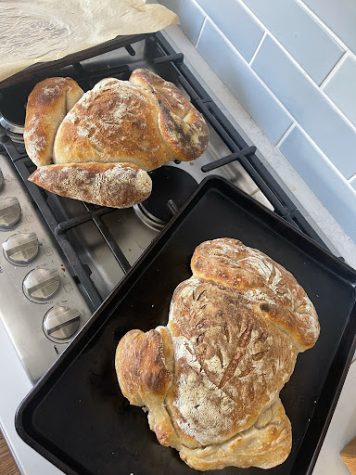
The most valuable thing she has learned from baking bread is the ability to apply what she has learned from her art classes into real life. She says that, “I’ve learned that I’m a 3D person. Both ceramics and bread baking are very dependent on texture and composition. Neither are completely in your control which can be frustrating. For example, I’m never sure how my scoring (lines on the bread) will look or if the bread is truly ready for the oven until it’s done. The same goes for ceramics because there’s no way to know just how much the kiln will shrink the piece or how the glaze will turn out.”
